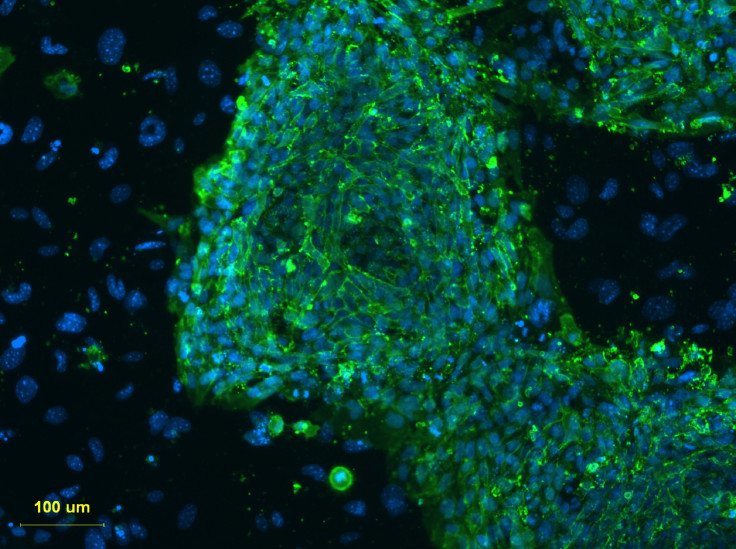Stem Cells Grown In Space Could Be Used To Treat Diseases Back On Earth

Stem cells, which have the potential to develop into any kind of specialized cells, have an untold therapeutic potential, and can — if properly exploited — be used to repair tissues and organs throughout a person’s lifetime. However, the use of stem cell-based therapies is limited by the fact that currently, no efficient way exists to produce these cells in quantities big enough to be therapeutically useful.
“Stem cells are inherently designed to remain at a constant number,” Abba Zubair, a researcher at the Mayo Clinic in Jacksonville, Florida, explained in a statement released Monday. “We need to grow them faster, but without changing their characteristics.”
Read: Lab-Grown Stem Cells Could Combat Cancer
This is where the microgravity environment of the International Space Station comes into play. Preliminary research has shown that certain kinds of stem cells grow faster in microgravity, and now researchers — led by Zubair — have announced that they are cultivating human stem cells aboard the ISS for use in clinical trials back on Earth.
Specifically, the researchers associated with the Microgravity Expanded Stem Cells experiment are trying to see if microgravity boosts the rate of growth of mesenchymal stem cells (found in the bone marrow), hematopoietic stem cells (which can grow into all other blood cells) and leukemia cancer stem cells (responsible for leukemia, or cancer of blood-forming tissues).
“What is unique about this investigation is that we are not only looking at the biology of the cells and how they grow, but focusing on application, how we can use them to treat patients,” Zubair said in the statement.
It is still not clear why stem cells should proliferate faster in microgravity. The most likely explanation is that it’s the body’s physiological response to tissue damage, which causes tissue-specific stem cells responsible for regeneration and repair to dedifferentiate — or revert to an unspecialized state — and go into overdrive.
Read: Space Travel Shrinks And Weakens Spinal Muscles
The experiment, to be carried out from March through September, will aim to not only measure the rate of stem cell proliferation in microgravity, it will also test whether the gene expression in these cells is normal — a key prerequisite to determining their efficacy for therapeutic applications.
“Microgravity Expanded Stem Cells expands the existing knowledge on how microgravity affects stem cell growth and differentiation,” NASA said in a statement. “The long term goals … are to develop a safe and reliable clinical grade stem cell bioreactor in space for commercial use and to understand the biology of stem cells and the progression of cancer stem cells.”
© Copyright IBTimes 2025. All rights reserved.






















